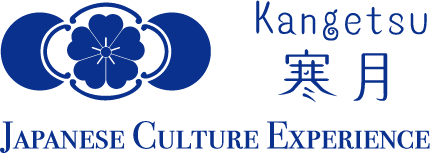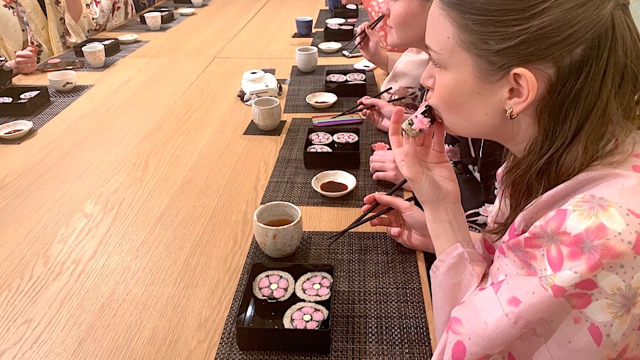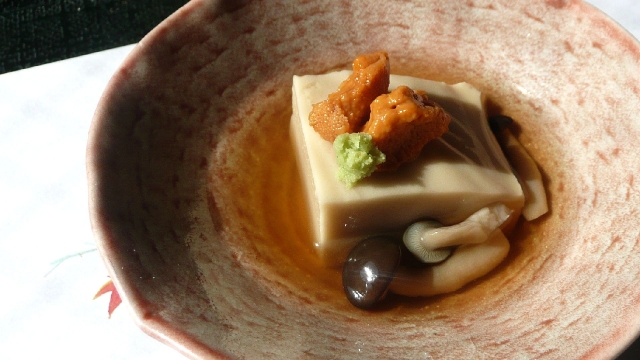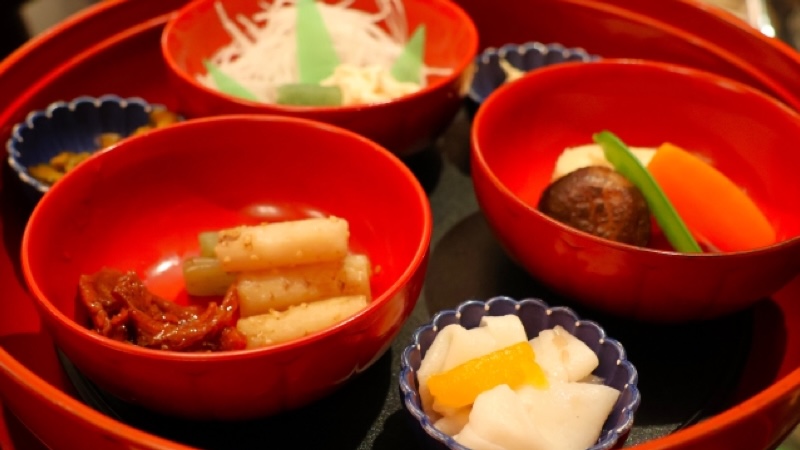Japanese Ikebana Flower arrangement Experience日本の華道体験
“A Moment to Experience Japanese Tradition”
Welcome to the Ikebana Experience Course!
Experience the charm of Ikebana and feel the joy of arranging flowers. Our traditional Ikebana class will draw out your sensibilities.
Why not step into the serene world of floral beauty in the historic setting of Ninenzaka?
.Our experienced instructors will provide careful guidance, ensuring even beginners can learn with confidence.

Lesson Content
While learning the basics of Ikebana, you will experience a peaceful time focusing on working with flowers on the flowers.
Understand the philosophy and history of Ikebana while receiving practical instruction to create your own unique piece.
The completed arrangement can be taken home, allowing you to enjoy the memories of Kyoto at your own place.
1. Introduction to the History and Basic Principles of Ikebana
A brief explanation of the origins of Ikebana, the differences between schools, and its spiritual aspects, making it approachable for foreign participants.

2. Handling Tools and Basics
Introduction to basic tools used (kenzan, flower scissors, vases, etc.) and learning their usage and basic etiquette.

3. Choosing Flowers and Basic Structure
Learn tips for selecting seasonal flowers and how to harmonize colors and shapes while practically learning the basic composition of Ikebana.

4. Practical Work
Start with beginner-friendly arrangements and use seasonal flowers to experience Ikebana firsthand. Receive feedback from the instructor to refine your work.

5. Reflection on Your Work and Photo Session
Reflect on your completed arrangement and take a memorable photo.

Connection Between Ikebana and Buddhism華道と仏教の関係
Buddhism and Ikebana
Buddhism and Ikebana share a close relationship within Japanese culture and spirituality.
The origins and spirit of Ikebana are deeply influenced by Buddhism, particularly Zen.
This section will explain that relationship in detail.
- Origins and History
- The roots of Ikebana can be traced back to the 6th century, when Buddhism was introduced to Japan.
The act of offering flowers before the Buddha, known as "Kuge," was an important element of Buddhist rituals and is considered the beginning of Ikebana.
Early Ikebana arrangements were made orderly for offerings, eventually developing into the form known as "Rikka." - The Spirit of Zen and Ikebana
- As Zen Buddhism spread in Japan, its concepts of "impermanence" and "emptiness" significantly influenced Ikebana.
Zen teachings emphasize the importance of perceiving the flow of nature and accepting it as it is. In Ikebana, appreciating the fleeting beauty of flowers and accepting the process of their eventual decay is essential.
The practice of Ikebana symbolizes "emptiness," where the use of space and minimalism is prioritized.
This concept aligns with Zen's spirit of non-attachment to material things.
Thus, Ikebana is not only a technical art but also a form of meditation that purifies the heart and connects you to your inner self. - The Spirit of Wabi-Sabi in Ikebana
- The Wabi-Sabi aesthetic, born from Zen, is also reflected in Ikebana.
Wabi-Sabi signifies a love for understated and quiet beauty, appreciating the beauty that changes with time.
In Ikebana, flashy decorations are avoided, and flowers are arranged in a way that respects their role as part of nature.
Thus, the act of arranging flowers gains value as a form of spiritual practice that transcends everyday life. - Connection to Tea Ceremony
- Ikebana is closely related to the tea ceremony as well.
The "Chabana" (tea flowers) arranged in tea ceremony settings reflect the Wabi-Sabi spirit and simplicity of the tea ceremony.
The convergence of the tea ceremony's spirit and Buddhism's view of impermanence deepens the essence of Ikebana.

















